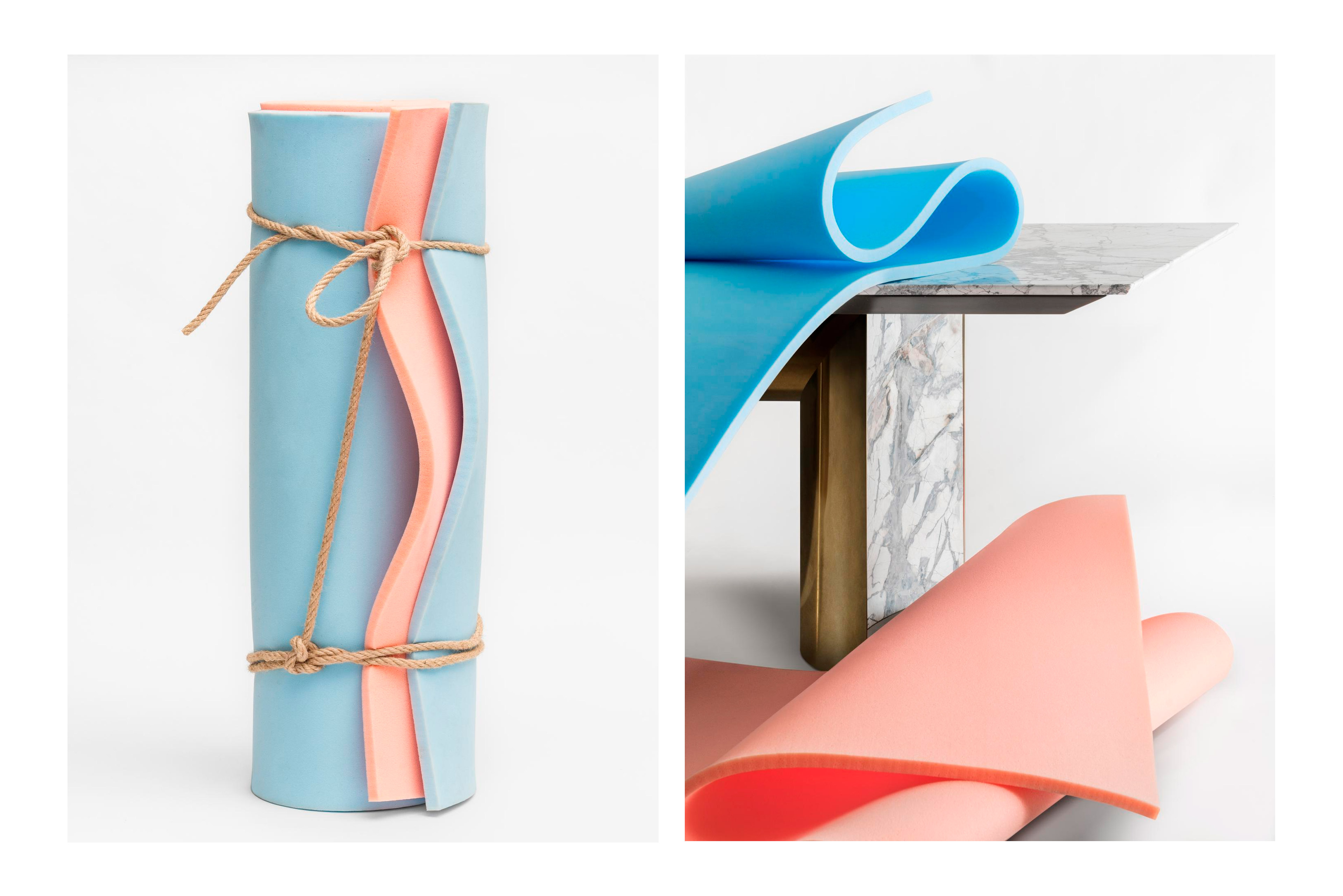

Collections as “glorious corpuses of the monarch” remained perforce hidden, non-public, and ushered in a “new system of princely visibility”.ĤUnlike other historians such as Müntz who, in 1888, no longer understood the Medicis’ inventories, and duly excluded from them everything that was not art, Schlosser, who, from 1901 to 1922, was curator at the Kunsthistorisches Museum of Vienna, nurtured no prejudice either against the lesser arts (he ended up with Aloïs Riegl’s chair) or against the bric-à-brac of collections, which seemed to hail from the prehistory of museums. Chapter IV, which develops the links between topic, legal thinking and princely power, is the most ground-breaking. Lugli–who is never quoted–had already made some most cogent observations about the box-shaped scheme governing the spatial organization of such collections. She also stresses the notion of topic, place, otherwise put, a form of thinking which is that of the rhetorical tradition. Lugli’s idea of a close link between the Wunderkammer and the art of memory, based on the work of the quintessential Frances Yates. It is also worth noting that translations and re-issues of Schlosser did not appear until the 1970s, that is, at the same time as those artist’s museums which were then thriving, from Oldenburg to Spoerri by way of Broodthaers, Distel and others.ģP. In her 1983 book, she devoted a chapter to André Breton’s cabinet and likened the object in the chambre des merveilles with the readymade. Lugli was interested in object and material, and included in her exhibition quite a few Arte Povera figures. Falguières is also interested in contemporary art 2, and the first two chapters of her book borrow from her contribution to the catalogue of the Feux pâles show, organized by Philippe Thomas (Bordeaux: capcMusée, 1990).ĢIt is undeniable that the fortune of the Wunderkammern and other such cabinets is due to the re-reading of them from the angle of present-day artistic problem-sets.

Lugli, to whom we owe the noteworthy volume Naturalia et Mirabilia (Milan, 1983 French translation 1, 1998), P. Any more than they are not to be confused with cabinets de curiosités which appeared when the former were on the wane, in the 17th century, and were enriched by the spoils thereof.” Which is tantamount to roundly distinguishing one’s object from that dealt with in the studies of Pomian, Schnapper and Bredekamp. This is a view not shared by Patricia Falguières, for whom “ chambres de merveilles do not have to do with a history of taste. He deems, in passing, that the French term says the same thing as the German expression.
“There is even talk of a translation of Schlosser”, he observes in a note, as if such a thing were a thoroughly superfluous idea. In his study of 17th century French collections (Paris: Flammarion, 1988), Antoine Schnapper notes in ironic mode that Julius von Schlosser’s “stimulating” book Die Kunst- and Wunderkammern des Spätrenaissance (Leipzig, 1908) is “very in vogue in our day and age”. French normally uses the term cabinet de curiosités where German says Wunderkammer, Italian camera di meraviglie, and English “cabinet of curiosities”. Jean-Hubert Martin, for his part, chose the title Curios and Mirabilia for the first presentation of the Château d’Oiron commissions programme. 2 See her articles in the Cahiers du Musée National d’Art Moderne, and her book on Bernard Frize (Par (.)ġAt the 42nd Venice Biennale (1986), Adalgisa Lugli organized a contemporary art exhibition titled Wunderkammer.1 Lugli, Adalgisa, Naturalia et Mirabilia : les cabinets de curiosités en Europe, Paris : Adam Biro, (.).


 0 kommentar(er)
0 kommentar(er)
